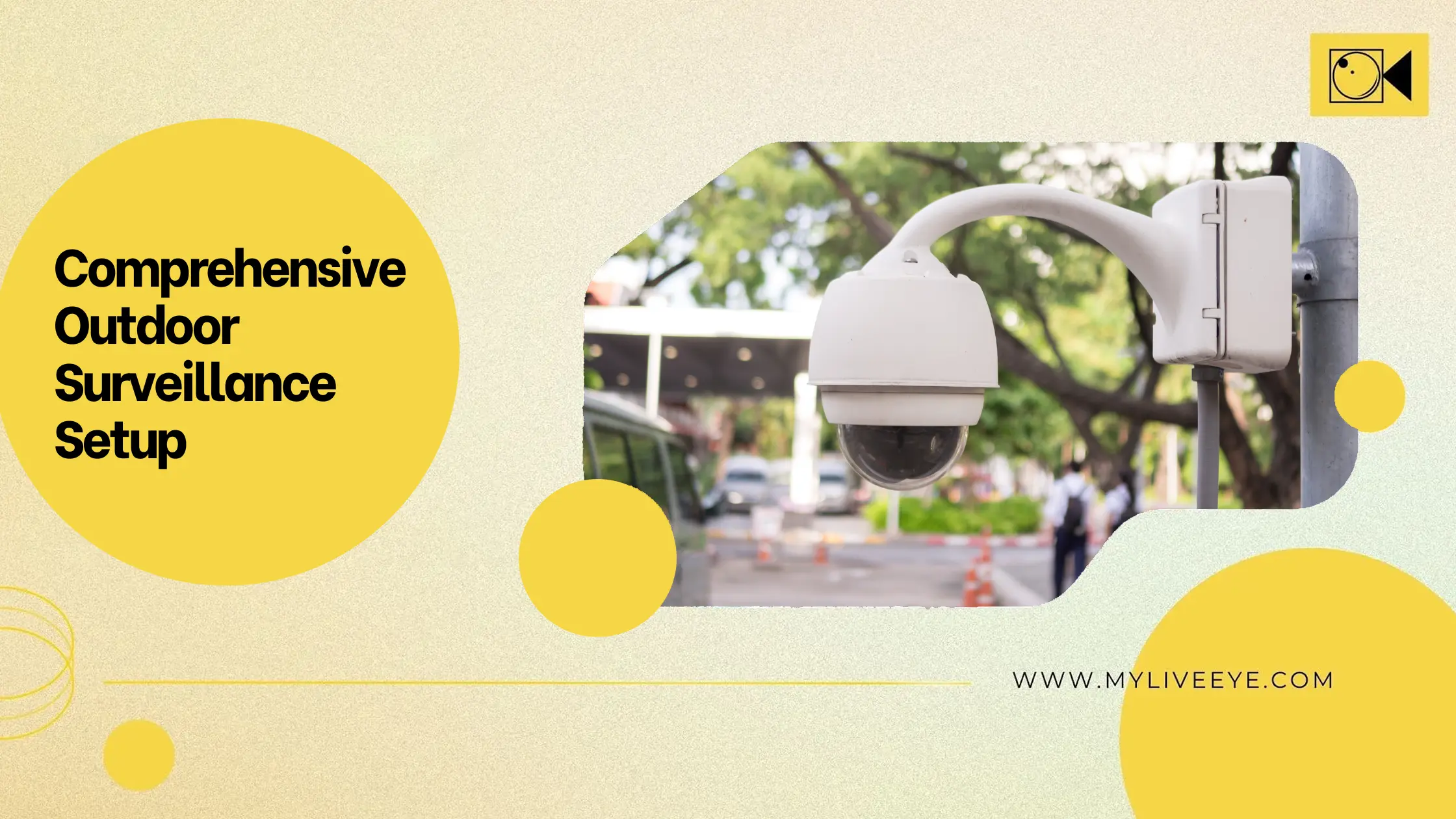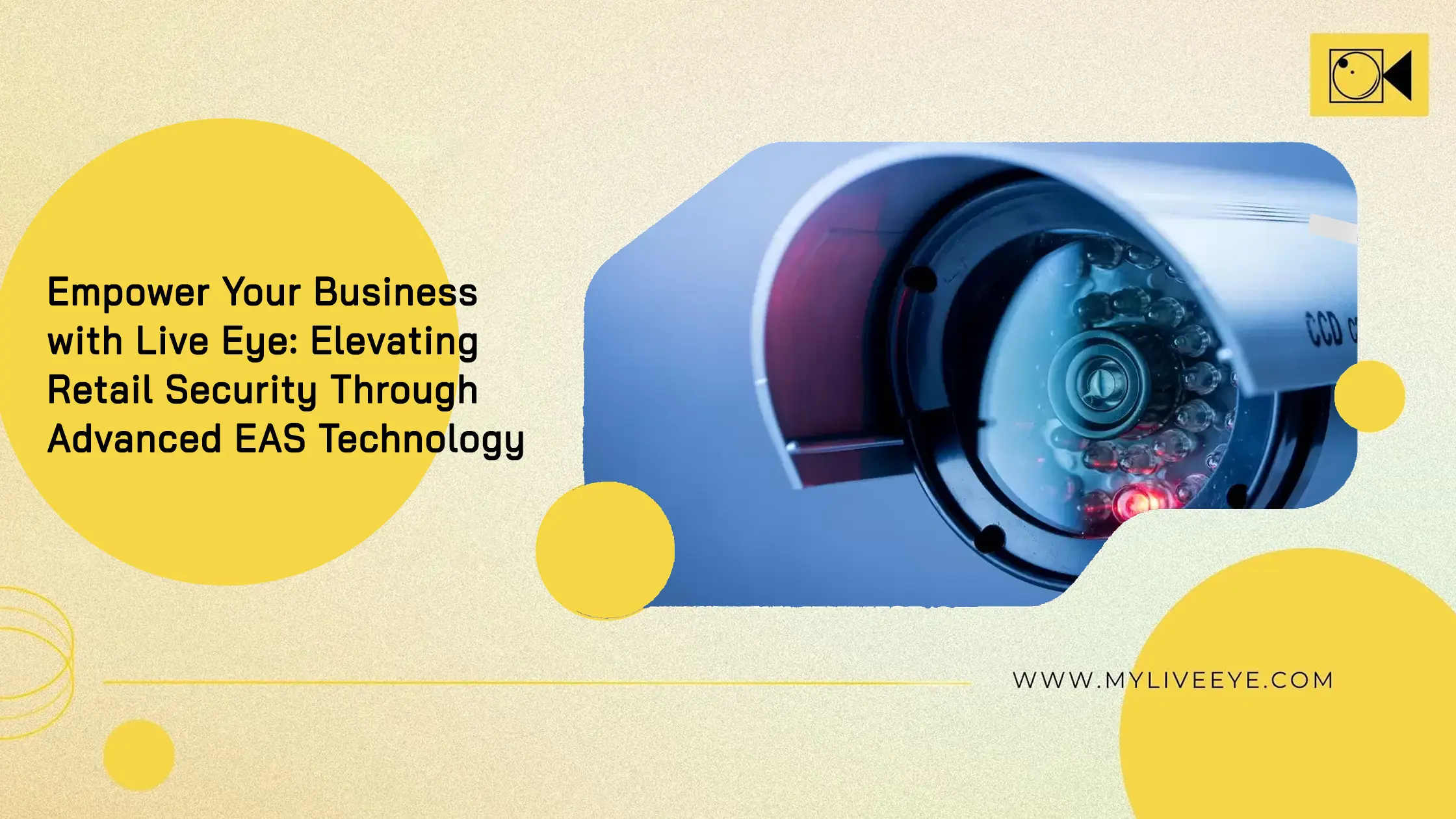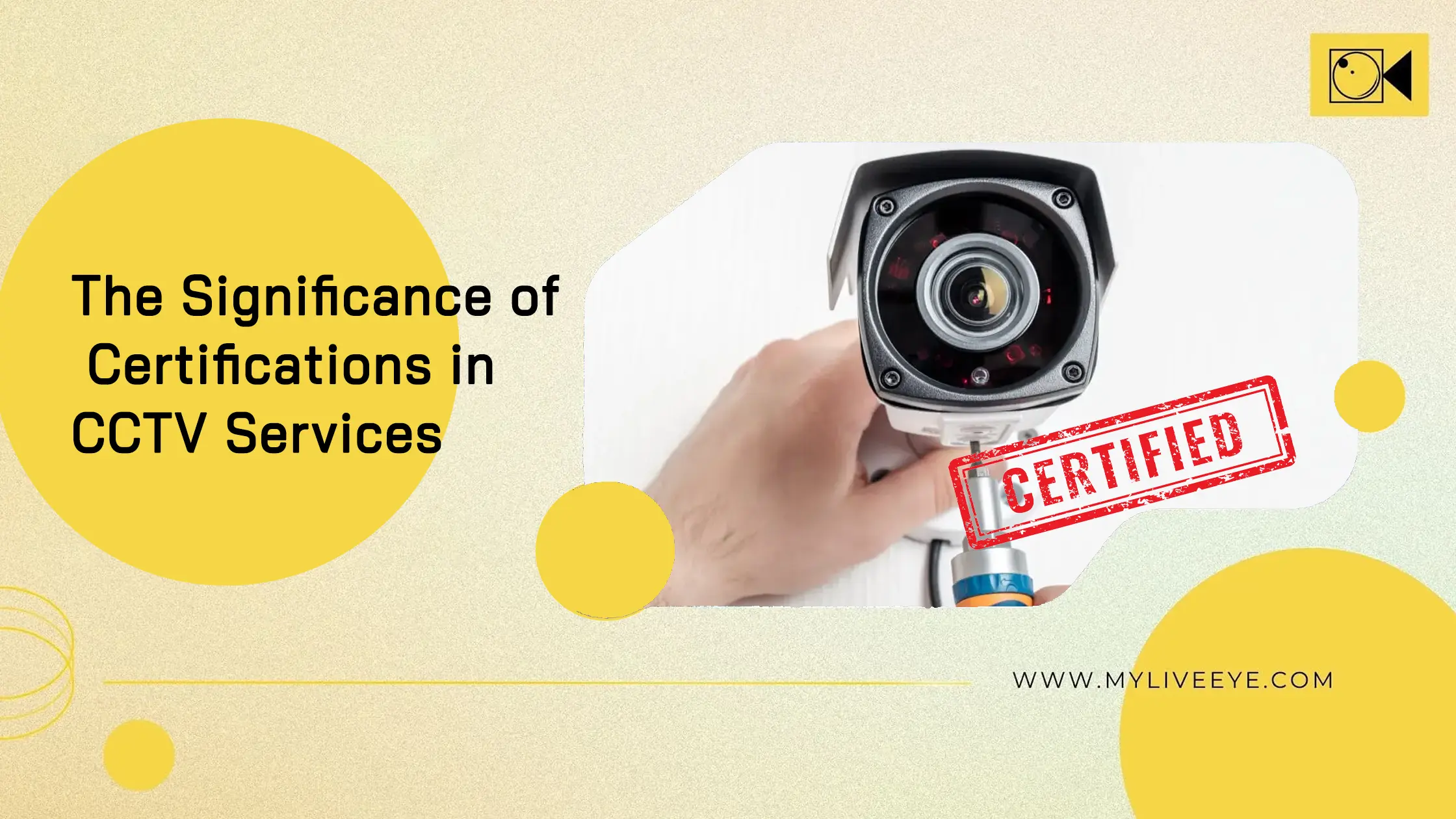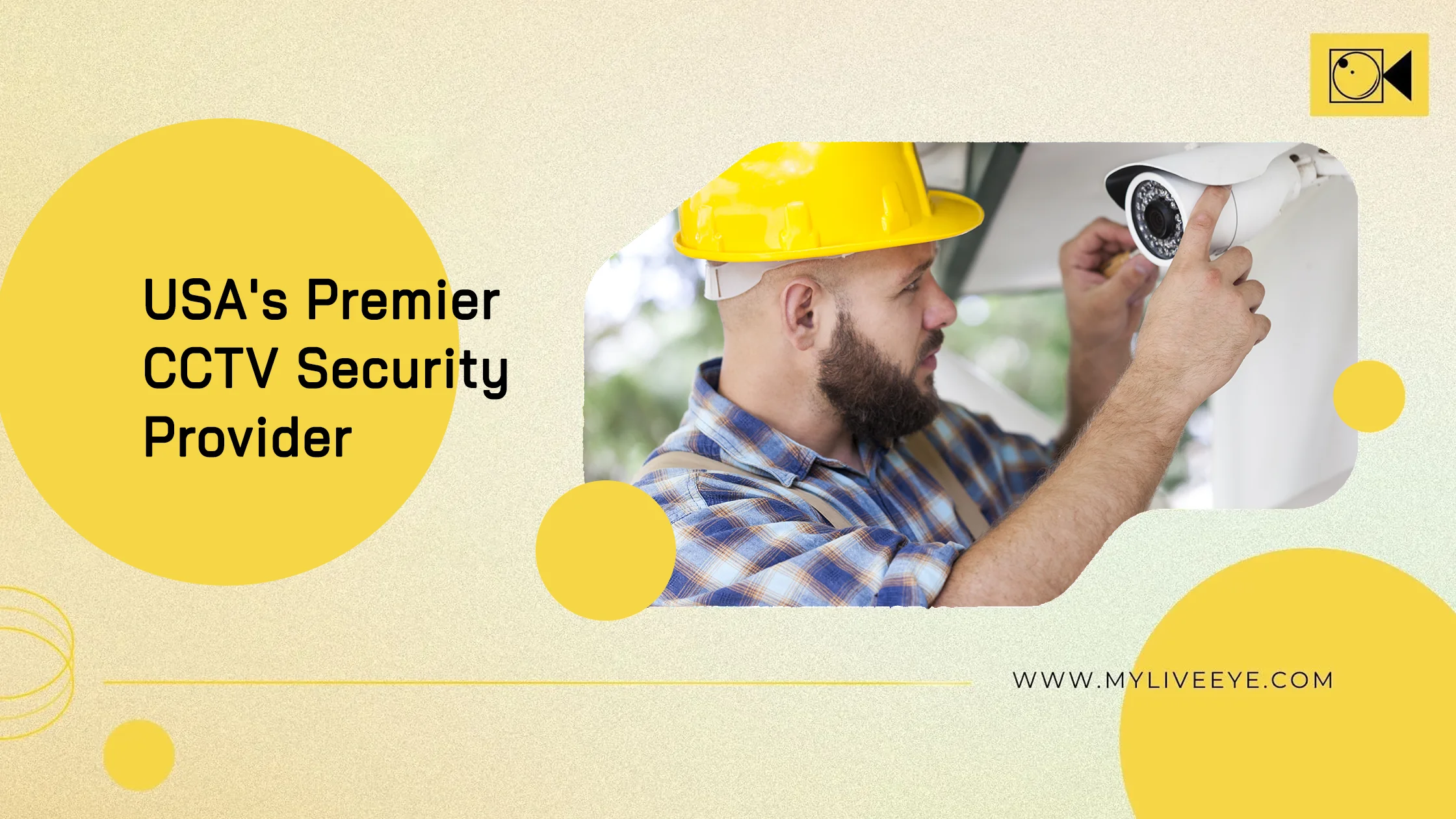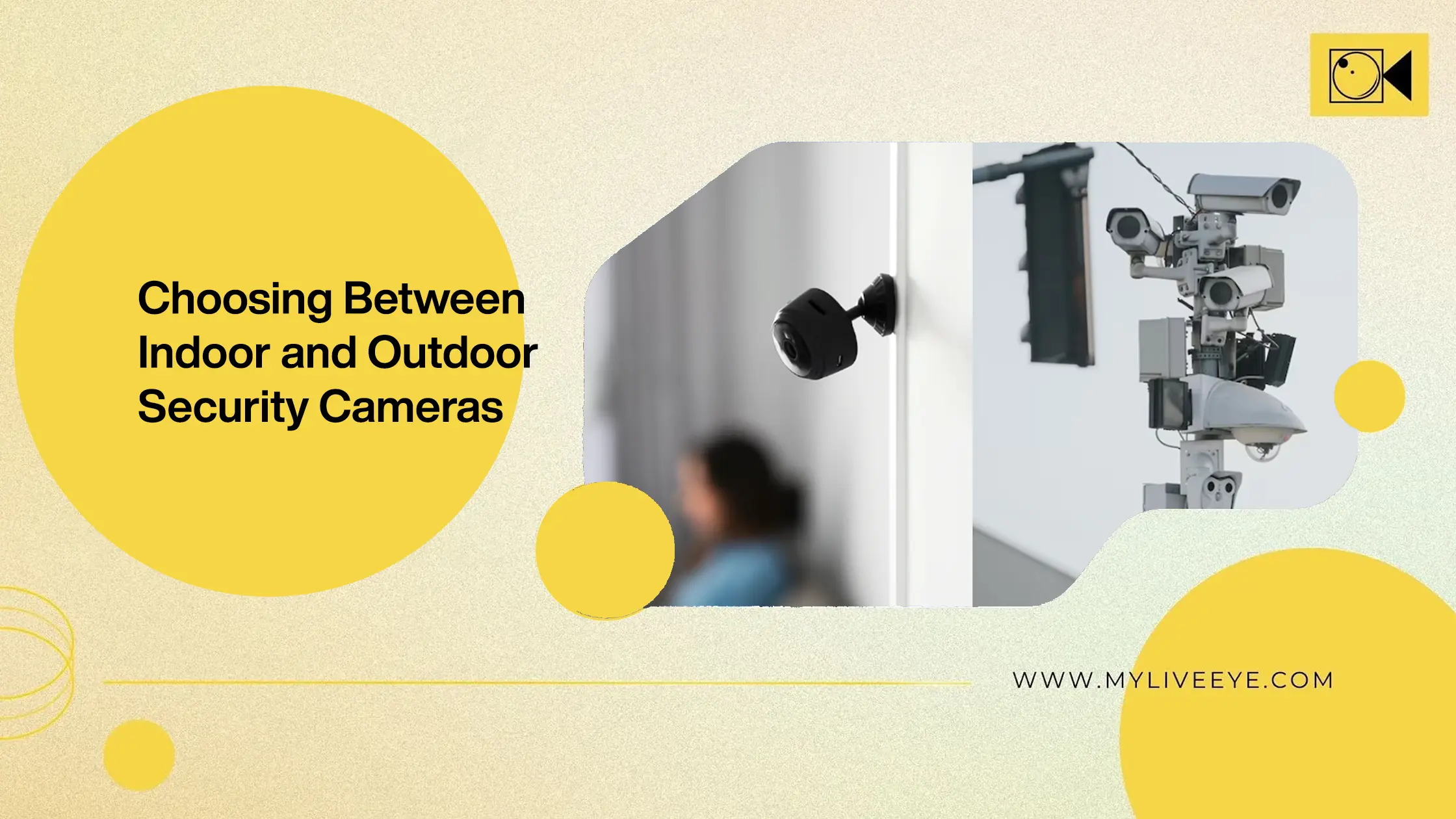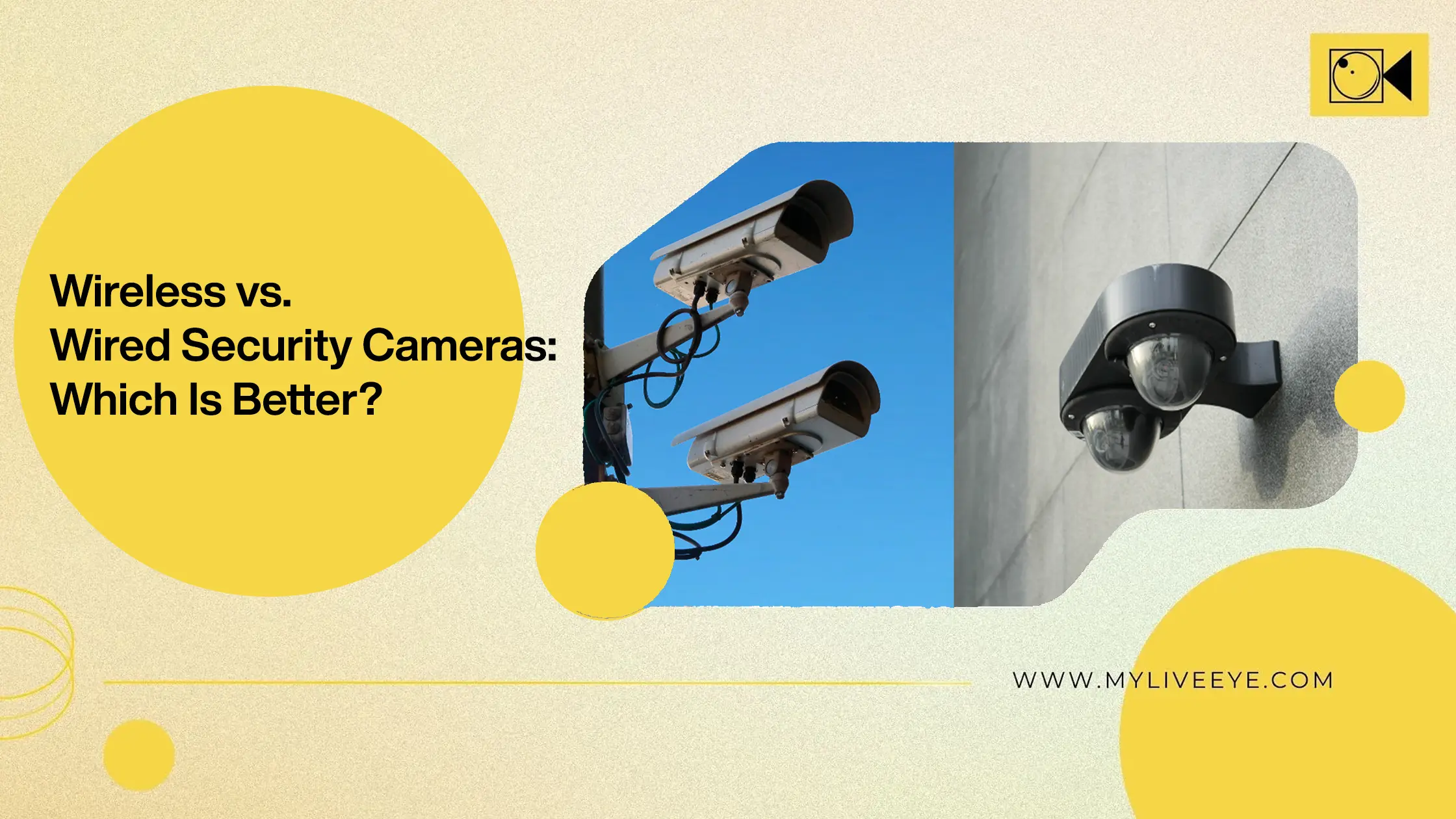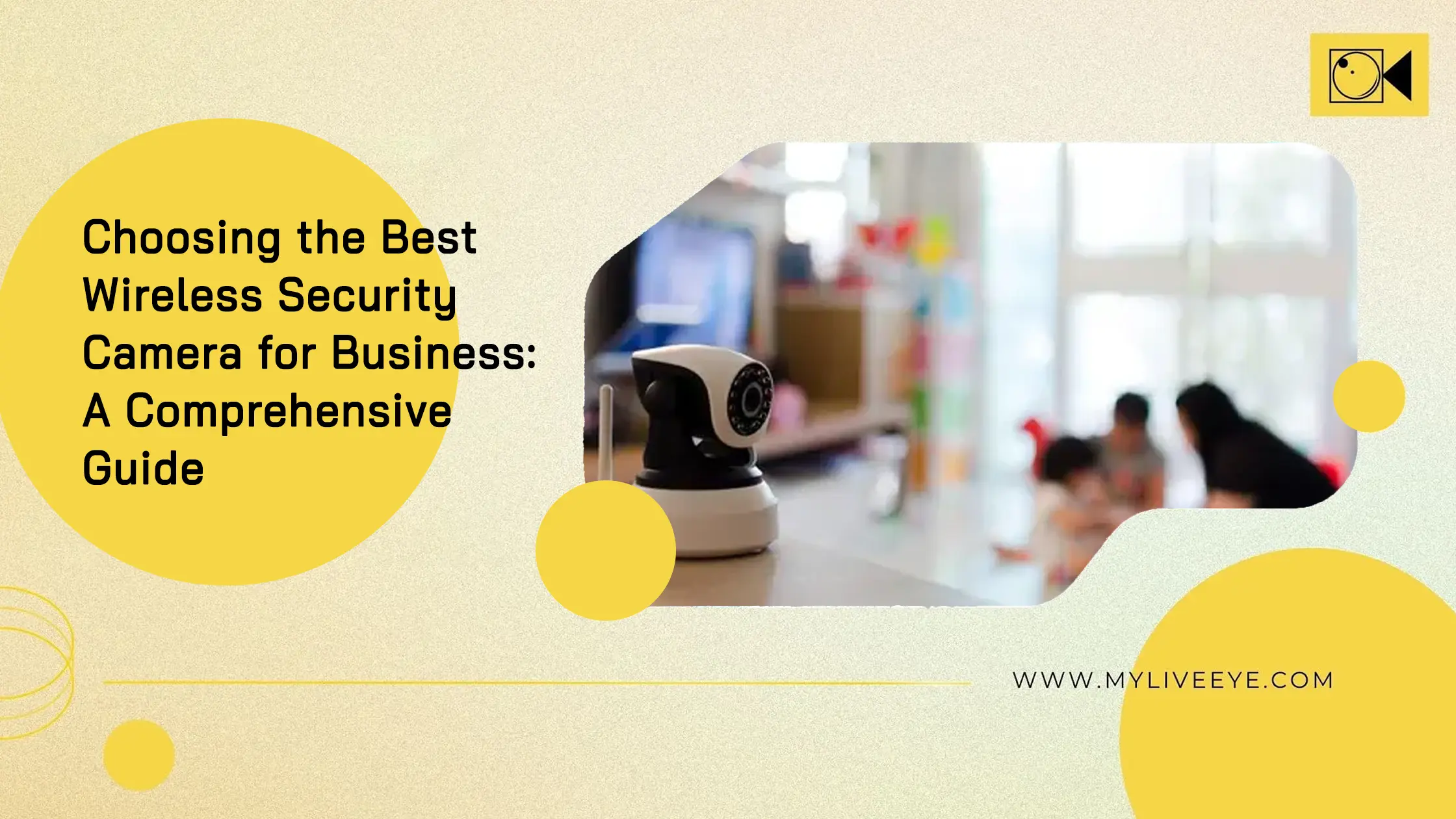
Choosing the Right Surveillance System for Your Business: A Comprehensive Guide
In today's dynamic business landscape, ensuring the security and safety of your premises is of paramount importance. With the myriad of options available, choosing the right surveillance system for your business can be a daunting task. However, by assessing your business security needs, conducting thorough security audits, and understanding the types of surveillance systems available, you can make an informed decision that meets your requirements effectively. Let's delve into the key factors to consider when selecting the best surveillance solutions for your business.
Assessing Business Security Needs:
The first step in choosing a surveillance system is to assess your business security needs comprehensively. Consider factors such as the size and layout of your premises, the level of foot traffic, and the nature of your business operations. Determine whether you require indoor or outdoor surveillance, high-definition video quality, remote monitoring capabilities, or advanced analytics features. Understanding your specific security requirements will guide you in selecting a surveillance system that aligns with your business objectives and budget constraints.
Conducting Security Audits:
Conducting security audits is essential to identify potential vulnerabilities and security gaps within your premises. Evaluate access points, such as entrances, exits, and windows, to determine the areas most susceptible to unauthorized access or intrusion. Assess lighting conditions, blind spots, and existing security measures, such as alarms or motion sensors. By conducting a thorough security audit, you can pinpoint areas that require enhanced surveillance coverage and tailor your surveillance system accordingly.
Identifying Vulnerable Areas:
Identifying vulnerable areas within your premises is crucial in determining the placement and coverage of surveillance cameras. Focus on areas with high-value assets, sensitive information, or increased risk of theft or vandalism. Common vulnerable areas include cash registers, storage rooms, loading docks, and parking lots. Additionally, consider environmental factors, such as harsh weather conditions or potential tampering, when selecting surveillance equipment. By strategically placing cameras in vulnerable areas, you can enhance security measures and deter potential threats effectively.
Types of Surveillance Systems:
When choosing a surveillance system for your business, you'll encounter various types of systems, each offering unique features and capabilities. The two primary categories of surveillance systems are analog and IP-based (Internet Protocol) cameras.
Analog Cameras: Analog cameras are traditional surveillance cameras that transmit video signals over coaxial cables to a digital video recorder (DVR). While analog cameras are cost-effective and easy to install, they offer limited resolution and lack advanced features such as remote access or digital zoom.
IP Cameras: IP cameras, on the other hand, utilize network technology to transmit video data over an IP network, such as the internet or a local area network (LAN). IP cameras offer higher resolution, scalability, and advanced features such as remote access, motion detection, and video analytics. Although IP cameras tend to be more expensive than analog cameras, they provide superior image quality and flexibility for business surveillance needs.
Wireless vs. Wired Systems:
Another consideration when choosing a surveillance system is whether to opt for wireless or wired systems.
Wireless Systems: Wireless surveillance systems use Wi-Fi or cellular networks to transmit video data, eliminating the need for physical cables. Wireless systems offer flexibility in camera placement and ease of installation, making them ideal for businesses with limited wiring infrastructure or temporary surveillance needs. However, wireless systems may experience interference or signal loss, particularly in areas with high electromagnetic interference or long distances from the router.
Wired Systems: Wired surveillance systems rely on physical cables, such as Ethernet or coaxial cables, to connect cameras to the recording device or network. Wired systems provide a reliable and stable connection, ensuring consistent video quality and minimal interference. While installation may be more labor-intensive and require professional assistance, wired systems offer greater security and scalability for large-scale surveillance deployments.
Scalable Surveillance Systems:
Scalability is a critical consideration for businesses looking to future-proof their surveillance infrastructure. Choose a surveillance system that offers scalability and flexibility to accommodate your evolving security needs. Look for systems that support additional cameras, storage capacity, and advanced features, such as cloud-based storage or video management software. Whether you're a small retail store or a large corporate campus, investing in a scalable surveillance system ensures that your security infrastructure can grow and adapt to changing requirements over time.
Surveillance System Installation:
Once you've selected the right surveillance system for your business, proper installation is essential to maximize its effectiveness. Consider hiring a professional security integrator or installer with experience in designing and deploying surveillance solutions. Ensure that cameras are installed securely and positioned to capture critical areas with optimal coverage. Test the system thoroughly to verify functionality, connectivity, and recording capabilities. Additionally, provide training for employees on using the surveillance system effectively and adhering to security protocols.
Conclusion
In conclusion, choosing the right surveillance system for your business requires careful consideration of your security needs, conducting thorough security audits, and understanding the types of surveillance systems available. Whether you opt for analogy or IP cameras, wireless or wired systems, prioritize scalability, reliability, and ease of installation. By investing in a comprehensive surveillance solution tailored to your business requirements, you can enhance security measures, mitigate risks, and safeguard your assets effectively.
Also read: Boost Retail Security: Pro Surveillance Solutions
